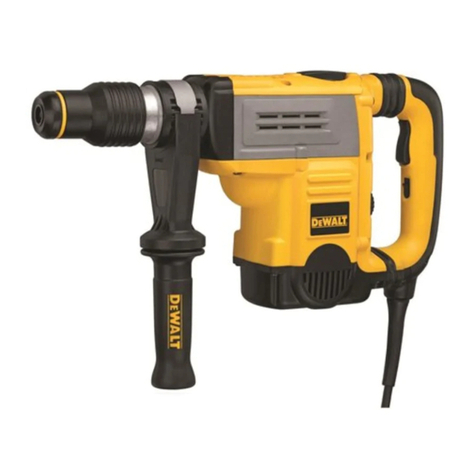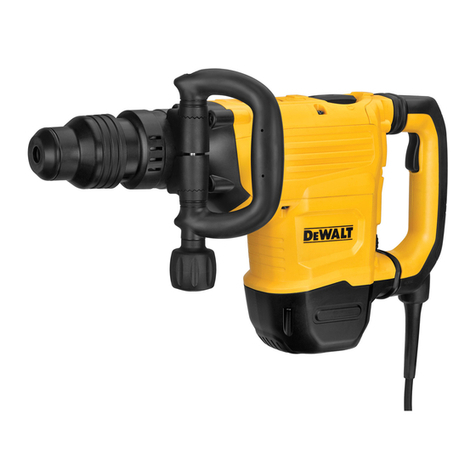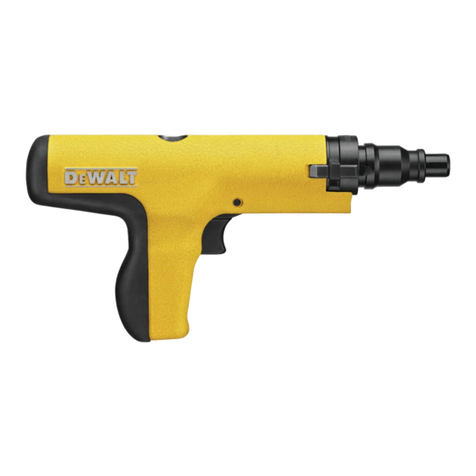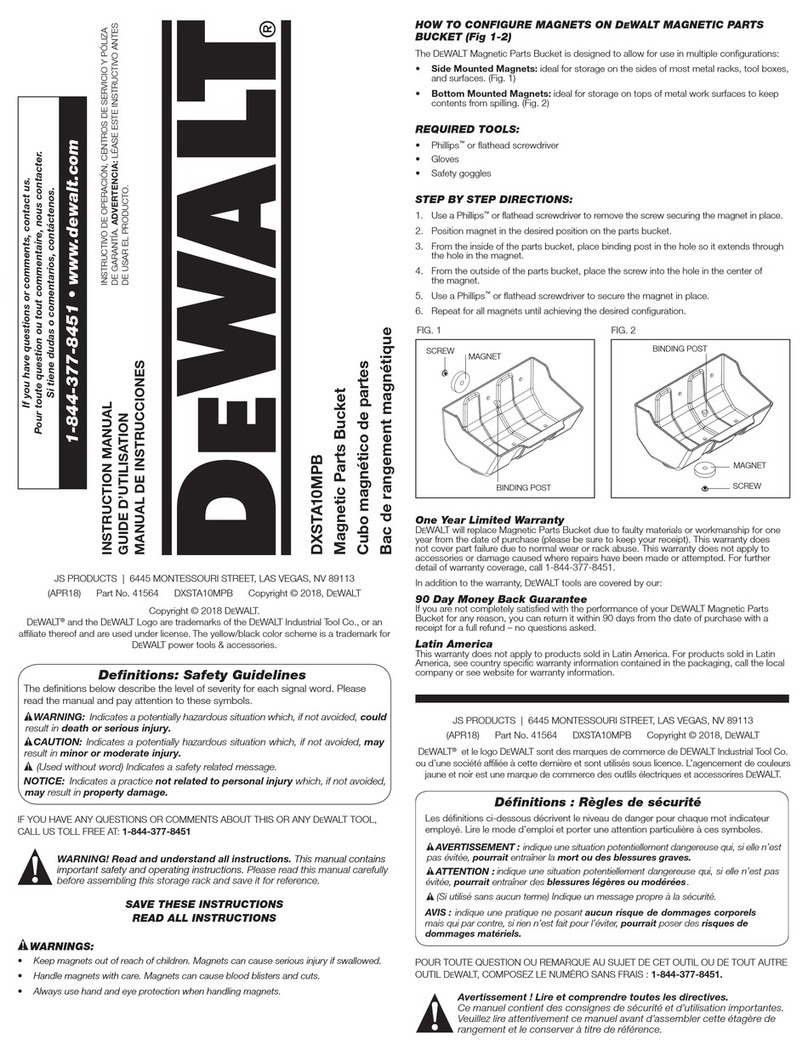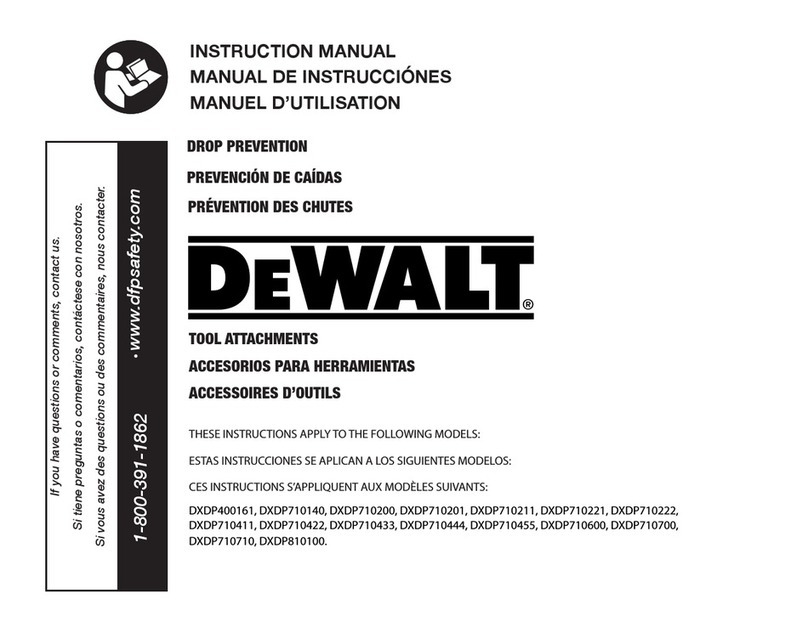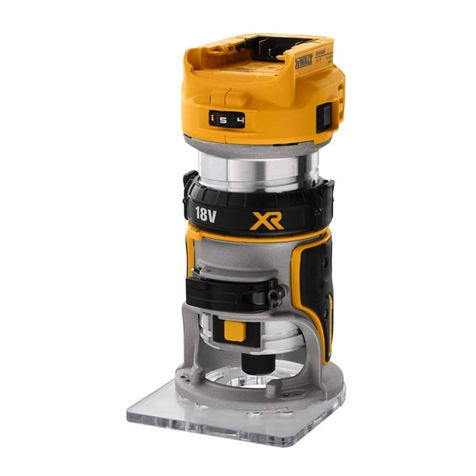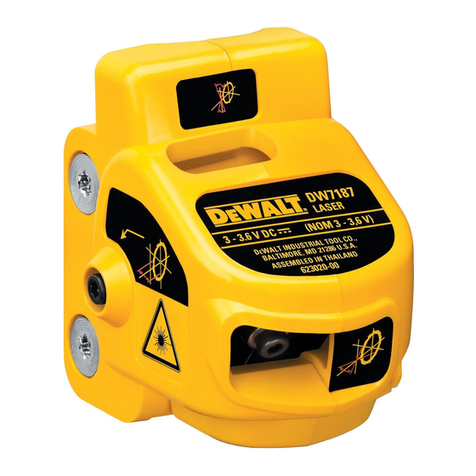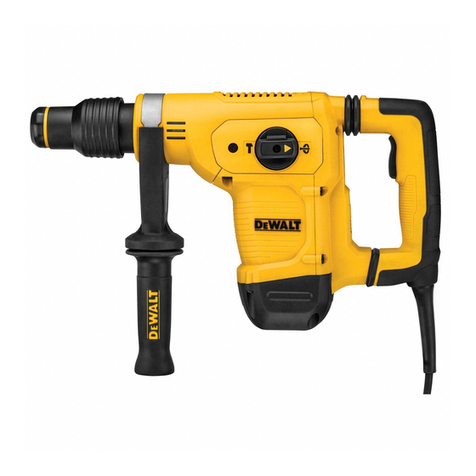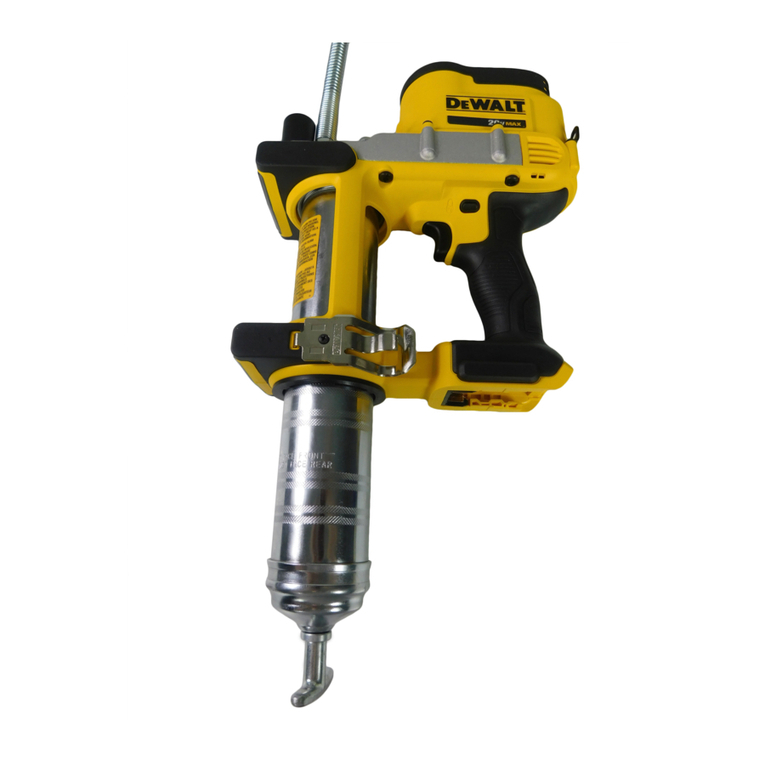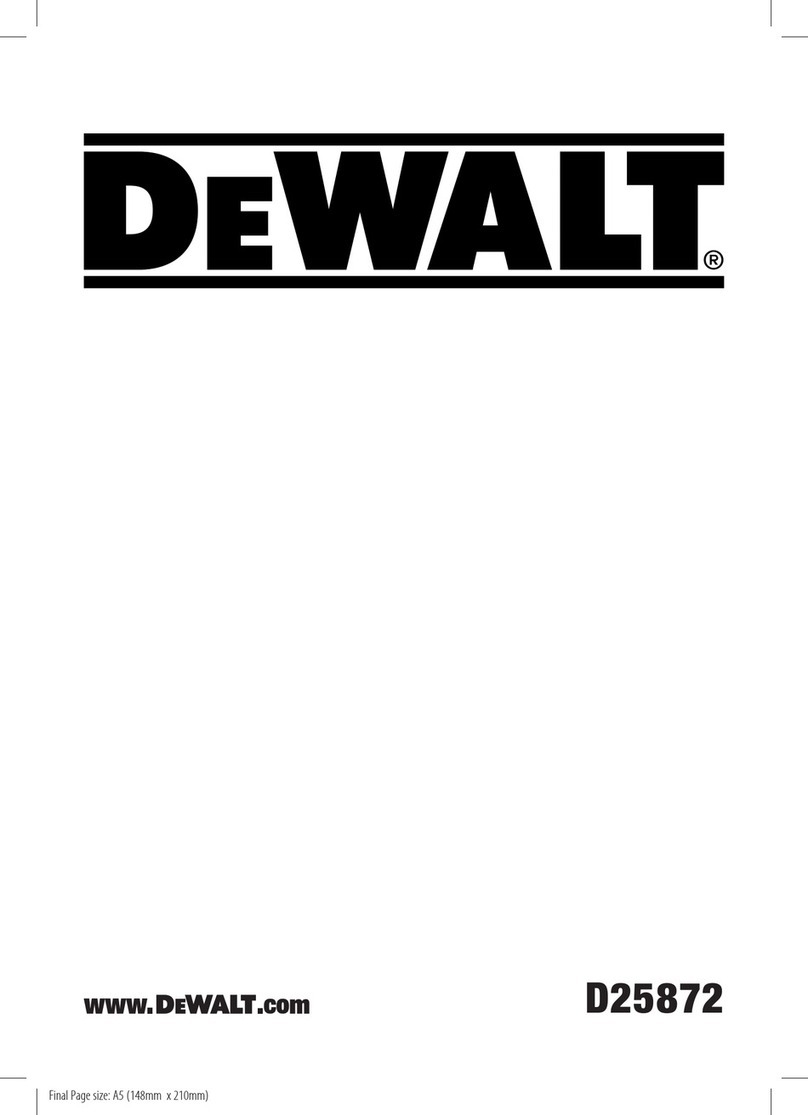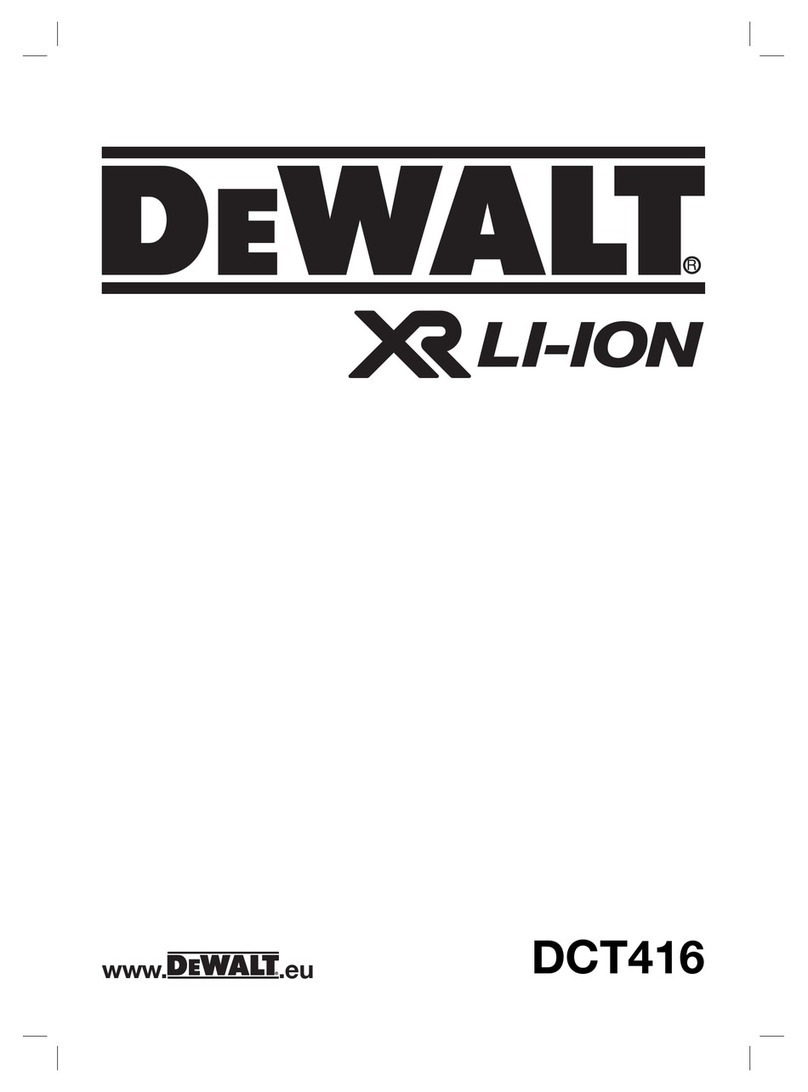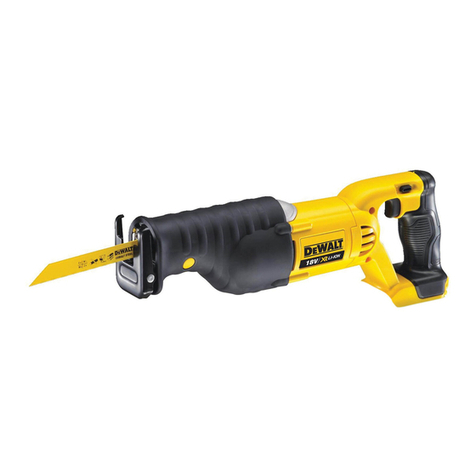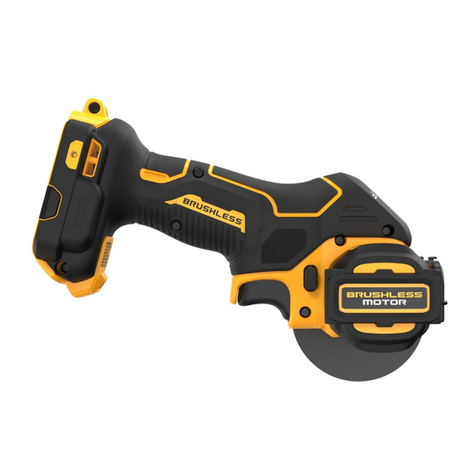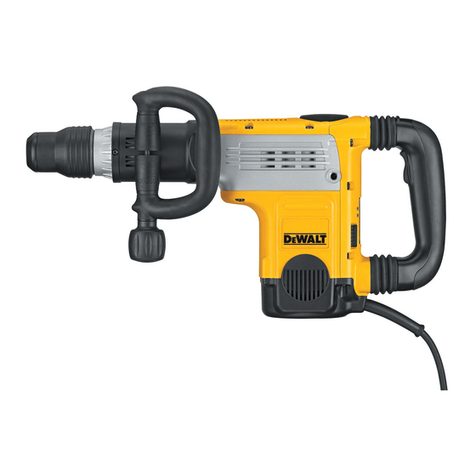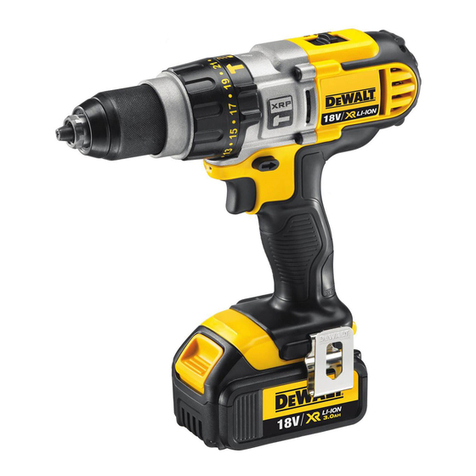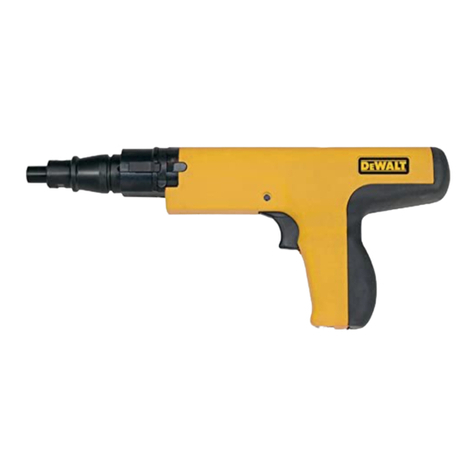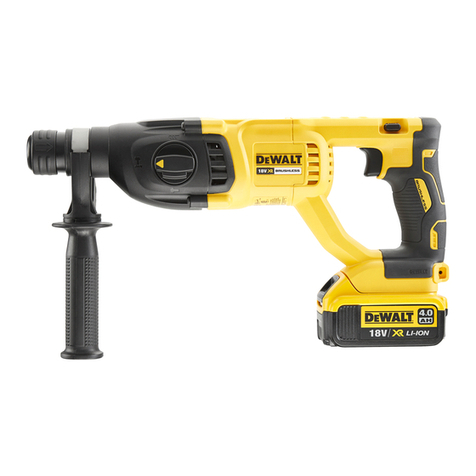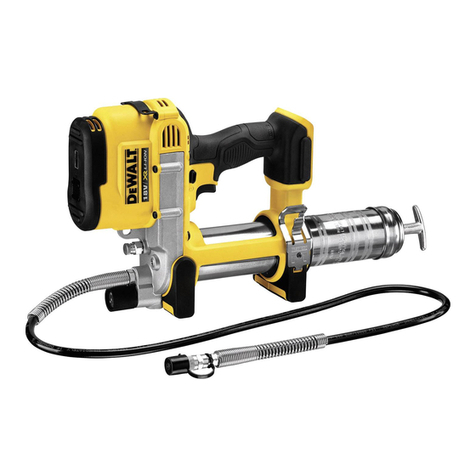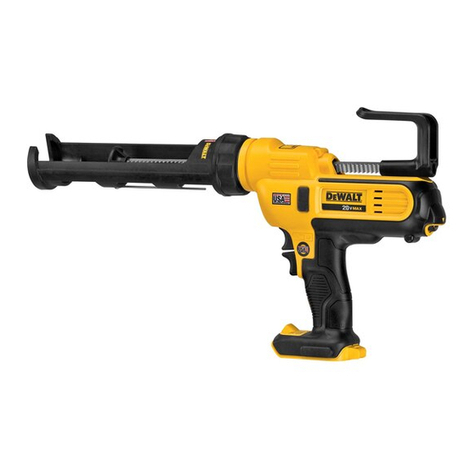
3
English
Denitions: Safety Guidelines
The definitions below describe the level of severity
for each signal word. Please read the manual and pay
attention to these symbols.
DANGER: Indicates an imminently hazardous
situation which, if not avoided, will result in death
or serious injury.
WARNING: Indicates a potentially hazardous
situation which, if not avoided, could result in death
or serious injury.
CAUTION: Indicates a potentially hazardous
situation which, if not avoided, may result in minor
or moderate injury.
CAUTION: Used without the safety alert symbol
indicates a potentially hazardous situation which,
if not avoided, may result in property damage.
IF YOU HAVE ANY QUESTIONS OR COMMENTS ABOUT
THIS OR ANY D
e
WALT TOOL, CALL US TOLL FREE AT:
1-800-4-D
e
WALT (1-800-433-9258)
IMPORTANT SAFETY INSTRUCTIONS
WARNING: Some dust created by power sanding, sawing,
grinding, drilling, and other construction activities contains chemicals
known to the State of California to cause cancer, birth defects or
other reproductive harm. Some example of these chemicals are:
• Leadfromlead-basedpaints
• Crystallinesilicafrombricksandcement
and other masonry products
• Arsenicandchromiumfromchemically-treatedlumber
Your risk from these exposures varies, depending on how often you
do this type of work. To reduce your exposure to these chemicals:
work in a well ventilated area, and work with approved safety
equipment, always wear OSHA/MSHA/NIOSH approved,
properly fitting face mask or respirator when using such tools.
When using air tools, basic safety precautions should always be
followed to reduce the risk of personal injury.
WARNING: This product contains chemicals, known to the
State of California to cause cancer, and birth defects or other
reproductive harm. Wash hands after handling.
SAVE THESE INSTRUCTIONS
WARNING:
Improper operation or maintenance of this product
could result in serious injury and property damage.
Read and understand all warnings and operating
instructions before using this equipment. When using
air tools, basic safety precautions should always be
followed to reduce the risk of personal injury.
WARNING:
Read and understand this instruction manual and tool labels
before installing, operating or servicing this tool. Keep these
instructions in a safe accessible place.
Operators and others in work area must wear ANSI Z87.1 CAN
CSA Z94.3 approved safety glasses with side shields.
Operators and others in work area must wear ear protection.
Oil daily for optimal performance.

